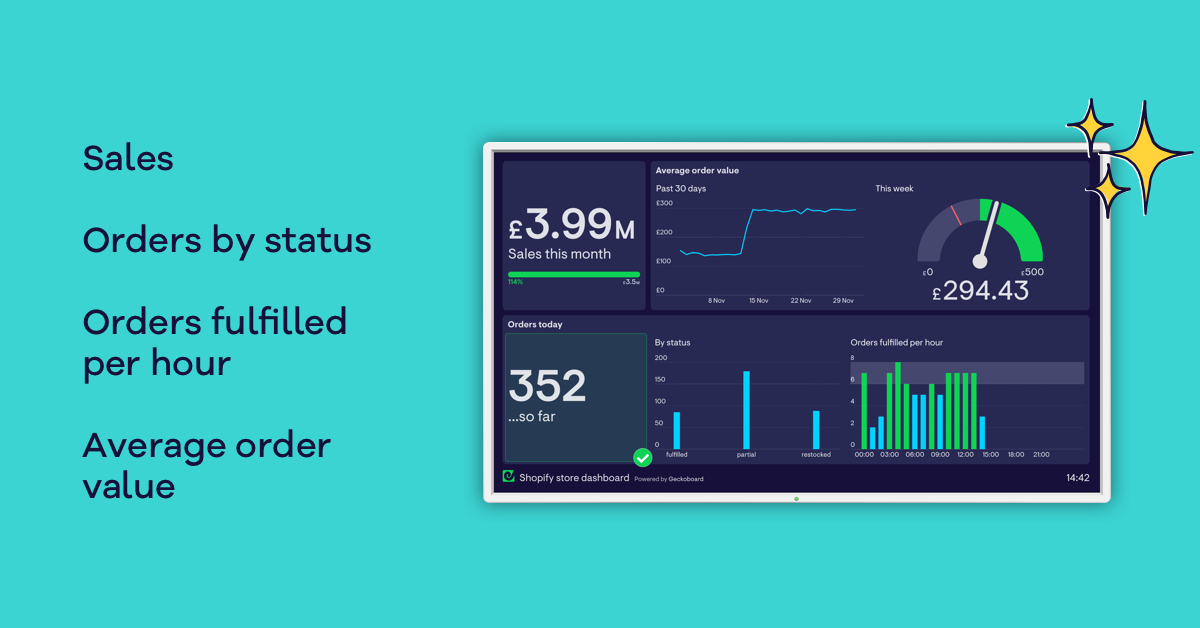This is a guest post written by Stuart Cooke, Marketing Manager at Irish Parcels a courier comparison service that helps retailers and ecommerce providers find the best shipping solutions for their products.
--
The Covid-19 pandemic has meant businesses around the world have had to close their doors for months, with many left with no choice but to adapt quickly and take their goods or services online.
If you have found yourself in this position but you're not sure where to go from here, you could consider setting yourself some new e-commerce related goals. Reaffirming existing goals or creating new ones from scratch can be a useful way to give you and your team something to aim for, and can help you to elevate your business to the next level. What’s more, setting yourself new targets can provide some much-need clarity and direction when everything else seems like it’s changing day-to-day.
If you are unsure how to go about setting your goals as you move from traditional retail to e-commerce, we’re here to help. Below, we’ll look at some of our top tactics for setting yourself new goals to work towards achieving e-commerce success.
First, decide what you want to achieve
In your physical store, making as many sales as possible is pretty much the aim of the game, as is creating a loyal customer base. To support this, you might have briefly touched on your online presence by setting up a website or social media page, just to let people know that you're there. But in order to set yourself new goals for your online business, you’ll need to consider the different approaches and techniques for online success from the ground up, and decide on a whole new set of metrics for your online operation.
After all, no one will simply be strolling by your store; now it’s online they’ll generally either find it through searching online, or by making the conscious choice to visit your site and complete a purchase there. As such, it can actually take more work to get customers to visit your ecommerce store and then convert those visitors into customers, especially when you're starting out.
So, spend some time thinking about what it is you actually want to achieve. Do you just want to drive sales? Or do you want to increase your customer base, grow your online presence through search engine optimisation (SEO) and work on building your brand? Perhaps you want to do it all! But choosing your key focus is going to make it easier to set yourself realistic goals.
Measure these against your usual goals
If you usually aim to make 1,000 sales a month or push a certain product in-store, you could consider benchmarking your new aims against your old targets, whilst remembering it’s important to go easy on yourself, especially in the early stages of your e-commerce journey. You can’t expect to make 10,000 sales just because you're moving online if you’ve never made that many sales before.
Moving online can be a big step and it can work wonders for your business but you can’t expect this to happen overnight. So be patient and be realistic when setting your goals.
Make each goal SMART
You’ve probably heard of the SMART method (or something similar) for setting goals. But just in case you haven't or in case you need a re-cap, when setting goals they should always be SMART. This stands for:
Specific
Measurable
Achievable
Relevant
Time-based
So when choosing and setting your goals, make sure that these are as specific and detailed as possible and that you can measure the results in some way. Otherwise, how will you know when you have made it? You also need to be realistic in your aims so they are definitely achievable, or you could be setting yourself up for failure. Finally, be sure to set yourself a time limit within which you’d like to achieve your goals so you can keep on top of your progress.
Break it down into smaller objectives
If your overall e-commerce business goal is to make 1,000 sales a month or to grow your businesses social media following by 50%, these can be quite big tasks to tackle all at once. The best way to reach your larger goals is to break these down into smaller objectives or targets that you can work towards until you ultimately reach your overall aim.
Think about this using the SMART method we discussed above to set manageable targets that you can achieve in your chosen time frame.
Put an effective plan in place
Now that you have got a good idea of what your goals are, you need to think logically about how you're going to achieve these so you can put a plan in place. This means dissecting each objective and deciding what steps you must take to get there.
For example, if your goal is to grow your social media following so you can increase sales and your brand presence, you need to put a social media strategy in place. Similarly, if your goal is to drive more traffic to your site in order to boost sales, you might wish to get an effective SEO strategy in place. You could start by updating your website and social media with keywords and move on from there. This is a good way to break your overall goal down into smaller objectives.
Check in regularly to make sure you're on track
When it comes to setting goals for your e-commerce business, as with anything in life, it’s not a case of simply jotting them down on paper and moving on. You need to keep checking in on yourself and looking at your data to see how you're coming on. It’s a nice idea to make a checklist of your overall goals and each of the smaller steps/objectives you need to reach. That way, you can go back and tick these off as you reach your targets.
Better yet, build yourself an ecommerce dashboard to keep track of your key metrics in real time and share them with your team!


